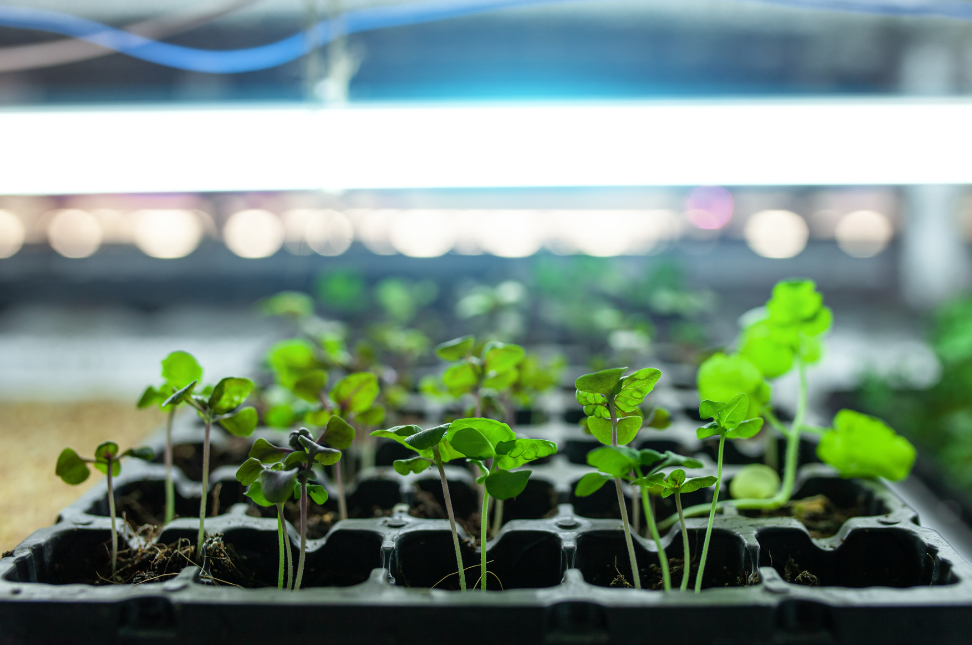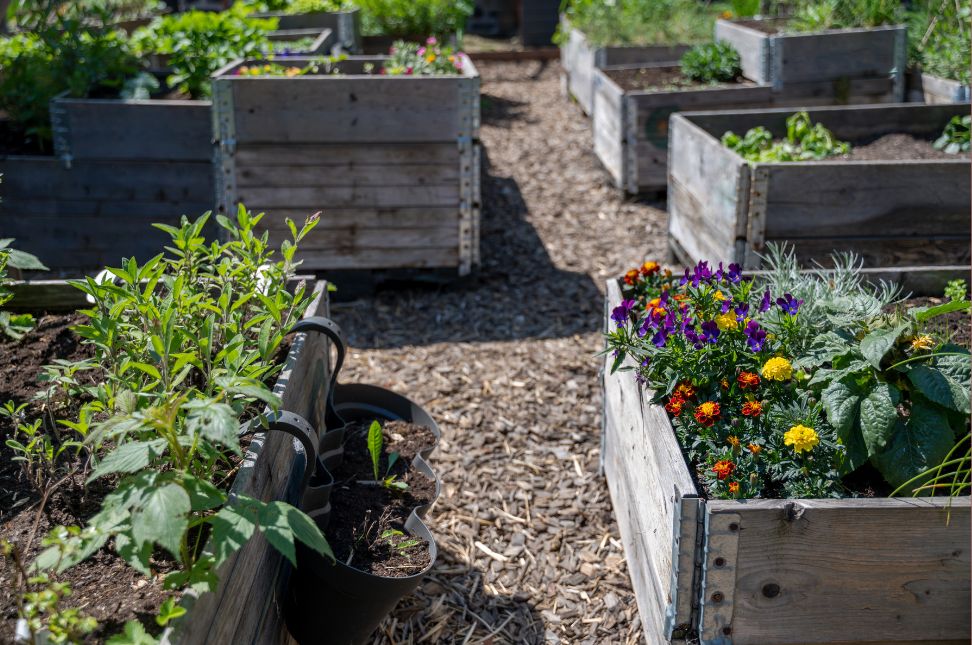Container gardening offers a flexible and rewarding way to grow plants, especially for those with limited space. Whether you have a small balcony, patio, or simply prefer the convenience of movable plants, this method can provide you with fresh herbs, vegetables, and beautiful flowers. In this article, The Ultimate Guide to Container Gardening will walk you through the essentials of starting and maintaining a thriving container garden.
Benefits of Container Gardening
There are numerous advantages to container gardening:
- Space Efficiency: Ideal for small spaces like apartments and urban areas.
- Mobility: Easily move plants to optimal sunlight or shelter them from harsh weather.
- Control: Manage soil quality, water levels, and pests more effectively.
- Accessibility: Perfect for those with limited mobility, as containers can be placed at convenient heights.
Choosing the Right Containers
Selecting the right containers is crucial in The Ultimate Guide to Container Gardening:
- Size: Ensure the container is large enough to accommodate the plant’s root system. For vegetables, deeper containers (at least 12 inches) are often necessary.
- Material: Containers can be made from plastic, ceramic, wood, or metal. Each material has its pros and cons, such as weight, durability, and insulation properties.
- Drainage: Proper drainage holes are essential to prevent waterlogging and root rot.
Selecting the Appropriate Soil
The soil in container gardening plays a significant role:
- Potting Mix: Use a high-quality potting mix rather than garden soil. Potting mix is lighter and often contains materials like peat, vermiculite, and perlite to improve aeration and drainage.
- Compost: Add compost to enrich the soil with nutrients and improve moisture retention.
Choosing Plants for Containers
The Ultimate Guide to Container Gardening emphasizes selecting plants suited for container growth:
- Herbs: Basil, mint, rosemary, and thyme thrive in containers and provide fresh flavors for your kitchen.
- Vegetables: Tomatoes, peppers, lettuce, and radishes are excellent choices. Look for dwarf or bush varieties that are bred for container growth.
- Flowers: Petunias, marigolds, and geraniums add color and beauty. Choose plants that match your sunlight conditions.
Planting Your Container Garden
Follow these steps to successfully plant your container garden:
- Fill Containers: Start by filling your containers with the potting mix, leaving about an inch from the top.
- Plant Placement: Place your plants or seeds according to the instructions on the plant tag or seed packet. Ensure proper spacing to avoid overcrowding.
- Watering: Water thoroughly after planting. Ensure the soil is consistently moist but not waterlogged.
Watering and Feeding
Proper watering and feeding are crucial in The Ultimate Guide to Container Gardening:
- Watering: Containers dry out faster than ground soil. Check moisture levels daily, especially during hot weather. Water until you see water draining out the bottom.
- Fertilizing: Use a balanced, water-soluble fertilizer every few weeks. Follow the package instructions for the correct dosage.
Sunlight and Positioning
Plants need adequate sunlight to thrive:
- Sunlight Requirements: Most vegetables and herbs need at least 6-8 hours of direct sunlight. Flowering plants may vary in their sunlight needs.
- Positioning: Place containers in locations that meet the sunlight requirements of your plants. Use plant caddies or wheels to move heavy pots easily.
Pest and Disease Management
Managing pests and diseases is simpler in containers but still important:
- Inspection: Regularly inspect plants for signs of pests or disease.
- Natural Remedies: Use natural remedies like neem oil or insecticidal soap for pest control.
- Healthy Practices: Maintain good air circulation and avoid overcrowding to prevent fungal infections.
Seasonal Considerations
Adapting your container garden to seasonal changes is part of The Ultimate Guide to Container Gardening:
- Spring and Summer: Ideal for most container gardening. Plant warm-season vegetables and flowers.
- Fall and Winter: Move sensitive plants indoors or use cold frames. Grow cool-season crops like kale and spinach.
Creative Ideas for Container Gardens
Get creative with your container garden:
- Vertical Gardening: Use wall-mounted planters or hanging baskets to maximize space.
- Repurposed Containers: Use items like old boots, teapots, or wooden crates as unique planters.
- Themed Gardens: Create themed containers, such as a herb garden, salad garden, or a pollinator garden.
Troubleshooting Common Problems
Common issues and their solutions:
- Yellow Leaves: Often a sign of overwatering or nutrient deficiency. Adjust watering and fertilizing accordingly.
- Wilting: Usually due to underwatering or root-bound plants. Water more frequently or repot into a larger container.
- Pests: Identify and treat pests promptly using organic methods.
Conclusion
Embarking on the journey of container gardening is both enjoyable and rewarding. With The Ultimate Guide to Container Gardening, you have the essential knowledge to start and maintain a beautiful and productive container garden. Remember to choose the right containers, use quality soil, select appropriate plants, and provide adequate care. By following these guidelines, you’ll create a thriving garden that enhances your living space and provides fresh produce and flowers throughout the seasons.
So, grab your pots, fill them with rich soil, and start planting. Enjoy the benefits and satisfaction of growing your own garden, no matter how limited your space.




